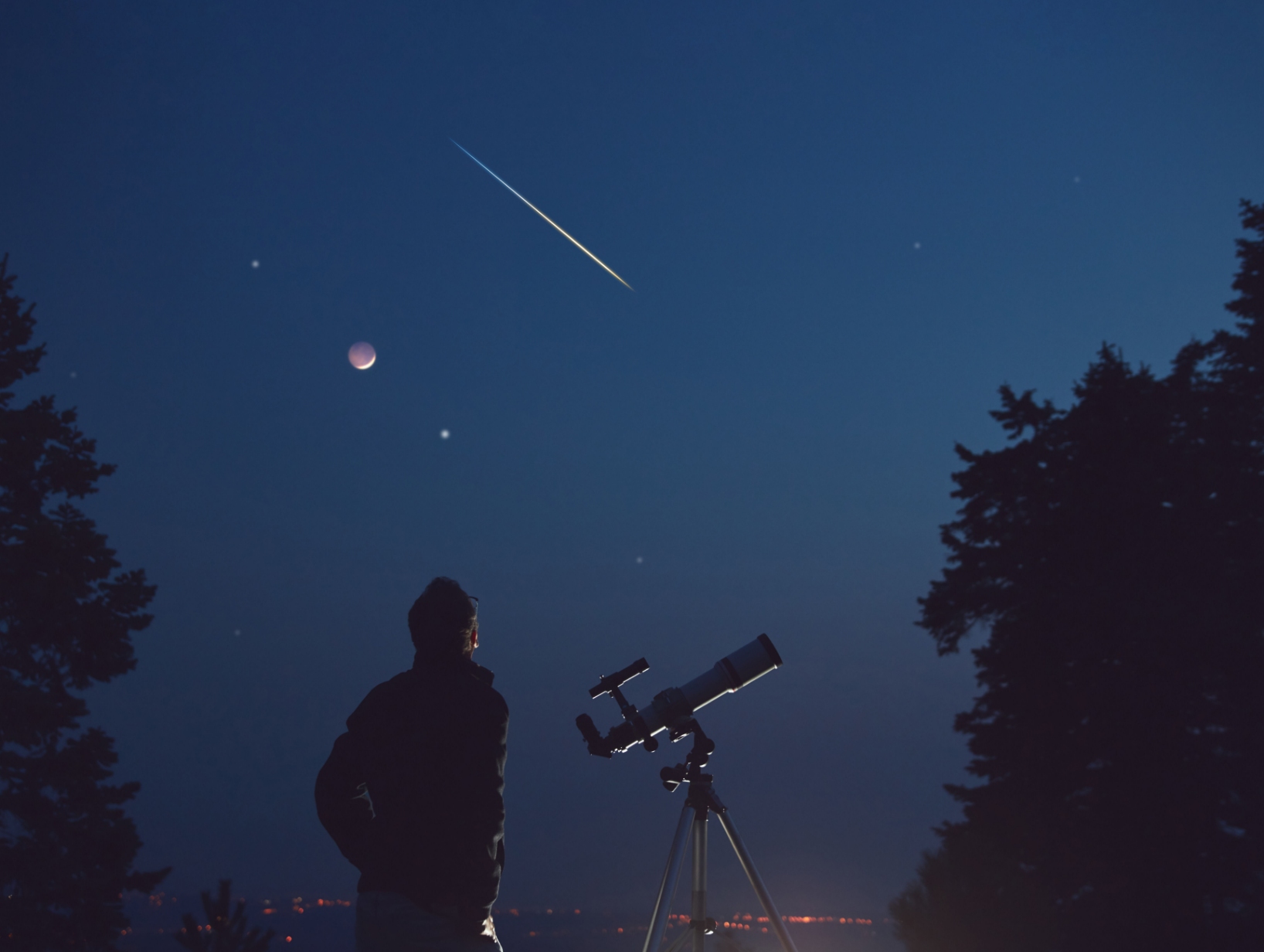Where space innovation meets hands-on learning
6,800 square-foot facilities
The Interplanetary Lab is a premier 6,800 square-foot, student-driven spaceflight hardware facility dedicated to supporting ASU student clubs, faculty research and corporate partners; training the next generation of space professionals; and designing innovations that foster a positive interplanetary future.
Specialized equipment
With specialized equipment, secured lab space, and expert guidance from ASU faculty and professional engineers, the lab provides hands-on support for student teams. Its staff help manage the full lifecycle of spaceflight hardware and software — from proposal and design to fabrication, integration, testing, and operation.
Work with us
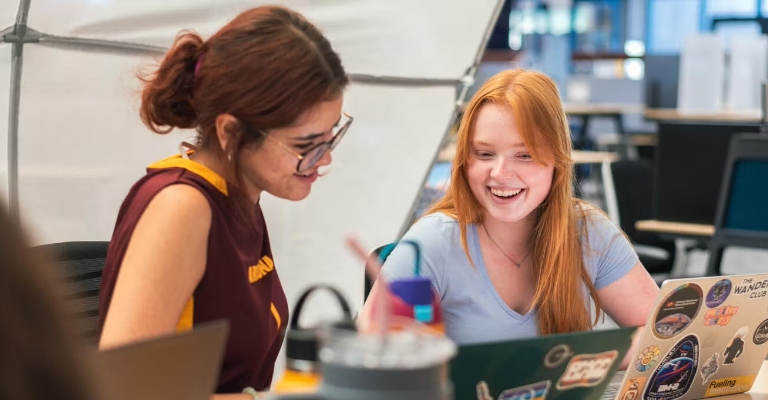
Students
Jumpstart your space career with:
- Real-world hardware and software development experience.
- Direct collaboration with faculty and industry experts that address real-world challenges.
- Access to cutting-edge manufacturing and testing equipment.
- Professional networking opportunities.
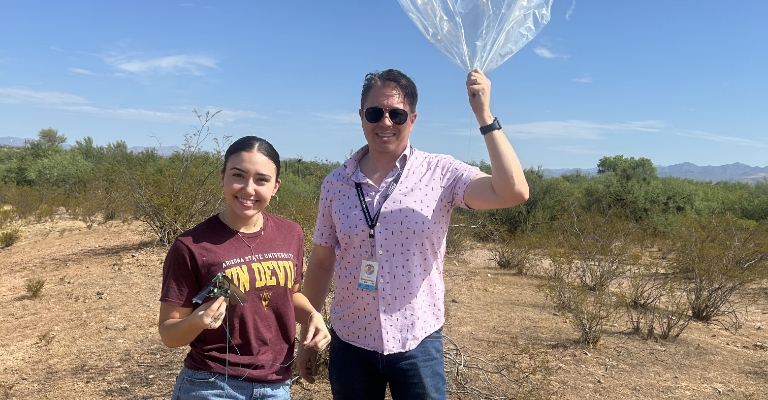
Faculty
Expand your research by:
- Collaborating with students on hands-on space technology projects that can advance your own research goals.
- Building connections that bridge academia and industry.
- Utilizing cutting-edge prototyping and testing for space technology development.
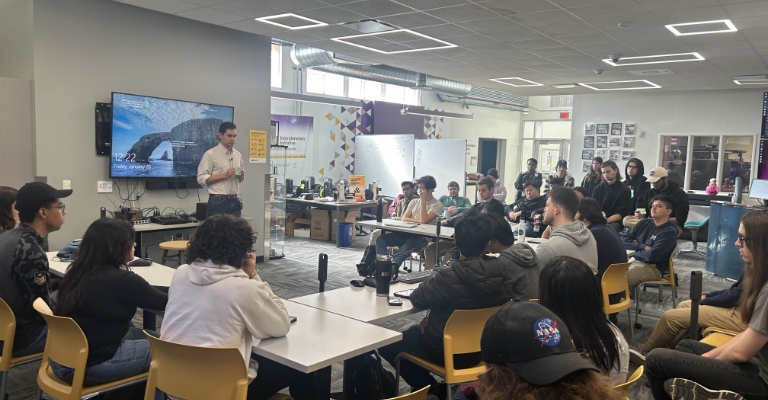
Companies
Advance your spaceflight projects with our recharge center:
- End-to-end support, from concept and design to testing and operations.
- Access to ASU talent in a structured, faculty-led environment.
- State-of-the-art 6,800 sq. ft. facility featuring thermal vacuum chambers, vibration testing and more.
Delivering results
300
Active students
10+
Ongoing space projects
10+
Industry partners served
7+
Collaborating faculty
7
Student clubs
6-10
Student staff
4
CubeSats launched
3
University courses
Specialized equipment and facilities
Attitude determination and control systems (ADCS), or pointing testbed, provides end-to-end ACS testing capability. It simulates the magnetic field and sun exposure of a satellite’s orbit. It also provides two degrees of near frictionless movement from an air-bearing table on which the test subject sits. With these three capabilities, a satellite can be run through an entire mission simulation for orienting, pointing and critical component communication based on location.
The vibration platform is a single-axis dynamic shaker designed to simulate rocket launch vibrational frequencies. Key features include:
- Capacity: Up to 6U CubeSat.
- Test types: Sine, shock and random vibration.
- Critical capability: Random vibration testing (required by all launch providers).
- Integration: Collocated with integration bay.
ASU’s EMAC facility houses one of the largest university-based anechoic chambers in the U.S., measuring 15.5m x 7.9m x 5.5m internally. The chamber, lined with microwave-absorbing material, simulates free-space conditions for antenna and scattering target testing, with an isolation rating up to 50 MHz.
1 m³ thermal vacuum chamber specifications:
- Simulates space environment for thermal balance testing.
- Accommodates flight and development hardware.
- Temperature range: Extreme hot to cold, covering full mission profiles.
- Enables precise environmental control for test articles.
Features:
- Multiple electrical feedthroughs.
- LN2 cooling system.
- Zoned patch heating.
- Temperature range: -70°C to 175°C.
- Atmosphere: Air or dry nitrogen purge.
- Internal volume: ~1.2 ft³.
- Compatibility: 3U CubeSats, 6U CubeSats (limited MGSE).
Applications:
- Accelerated epoxy curing.
- Thermal shock testing.
- Temperature cycling for components and full spacecraft.
Our cleanroom facility supports missions with stringent cleanliness requirements. It features:
- HEPA air filtration.
- Precision temperature and humidity control.
- Restricted access protocols.
- Proper gowning procedures.
This environment is optimized for integrating sensitive optical payloads.
A dedicated ground control system with direct antenna interfaces, enabling real-time spacecraft telemetry and command. This system supports comprehensive pre-launch end-to-end testing and ensures a seamless transition to mission operations, optimizing team readiness and operational efficiency. It is equipped with dual high-gain Yagi antennas mounted on a rotator for satellite tracking, capable of operating across a wide frequency range: RX 30 kHz–60 MHz, 118 MHz–174 MHz, 420 MHz–480 MHz, 1240 MHz–1320 MHz, and TX 1.8 MHz–54 MHz, 144 MHz–148 MHz, 430 MHz–450 MHz, 1240 MHz–1300 MHz.
Rooftop deck specifications:
- Adjacent to Interplanetary Lab.
- Equipped with safety railing.
- Houses ground station antennas for Earth-orbiting spacecraft communication.
- Suitable for sky-facing projects and experiments.
- Facilitates installation of novel communication devices.
This elevated platform provides direct access for antenna maintenance, experimental setups and integration of emerging communication technologies.
Lab project news
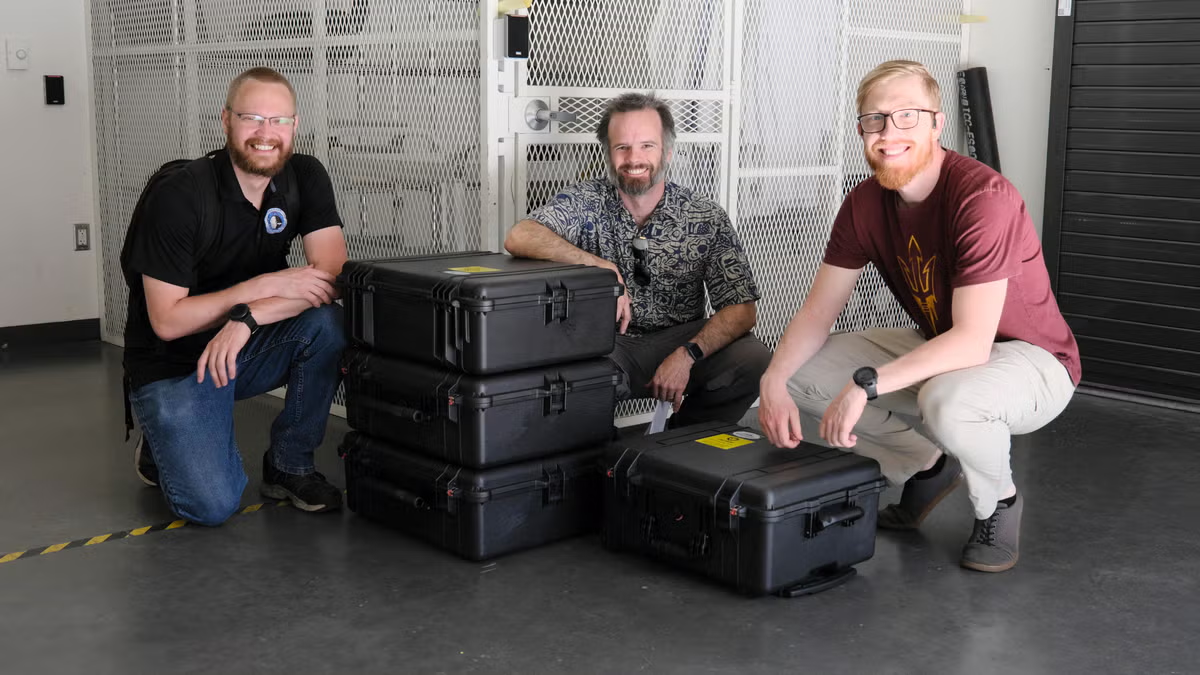
SPARCS mission spacecraft bus delivered to ASU for final assembly
May 02, 2024
The Arizona State University team that is building the NASA-funded Star-Planet Activity Research CubeSat, or SPARCS…
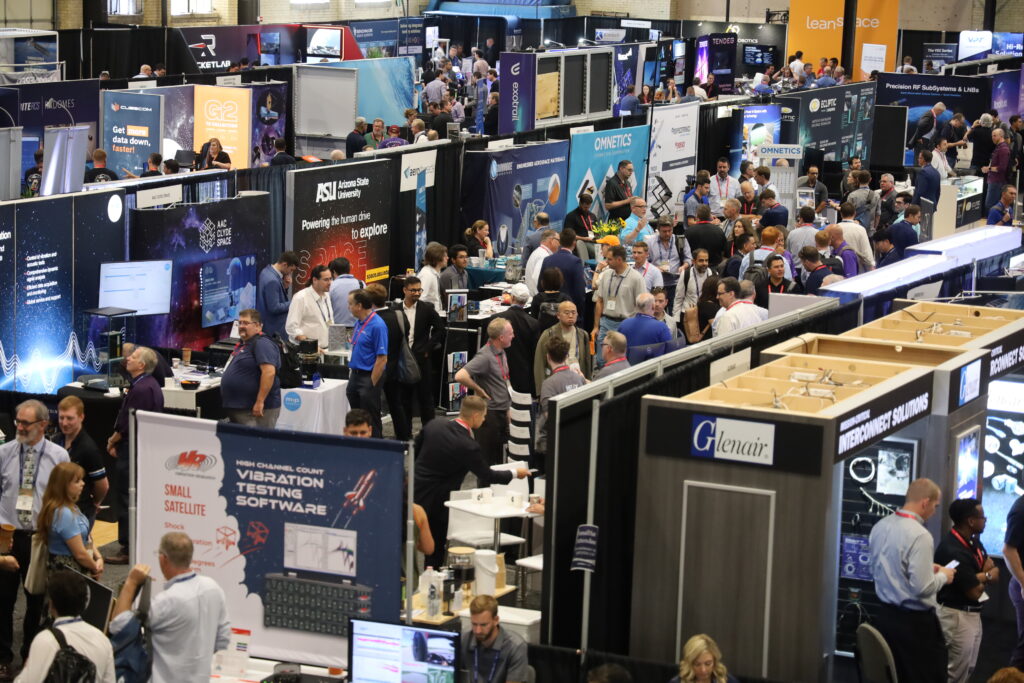
Interplanetary Lab’s Insights from Small Satellite Conference 2024
August 29, 2024
The Small Satellite Conference, SmallSat, is an annual conference held in Utah that brings together over 4,000 industry…
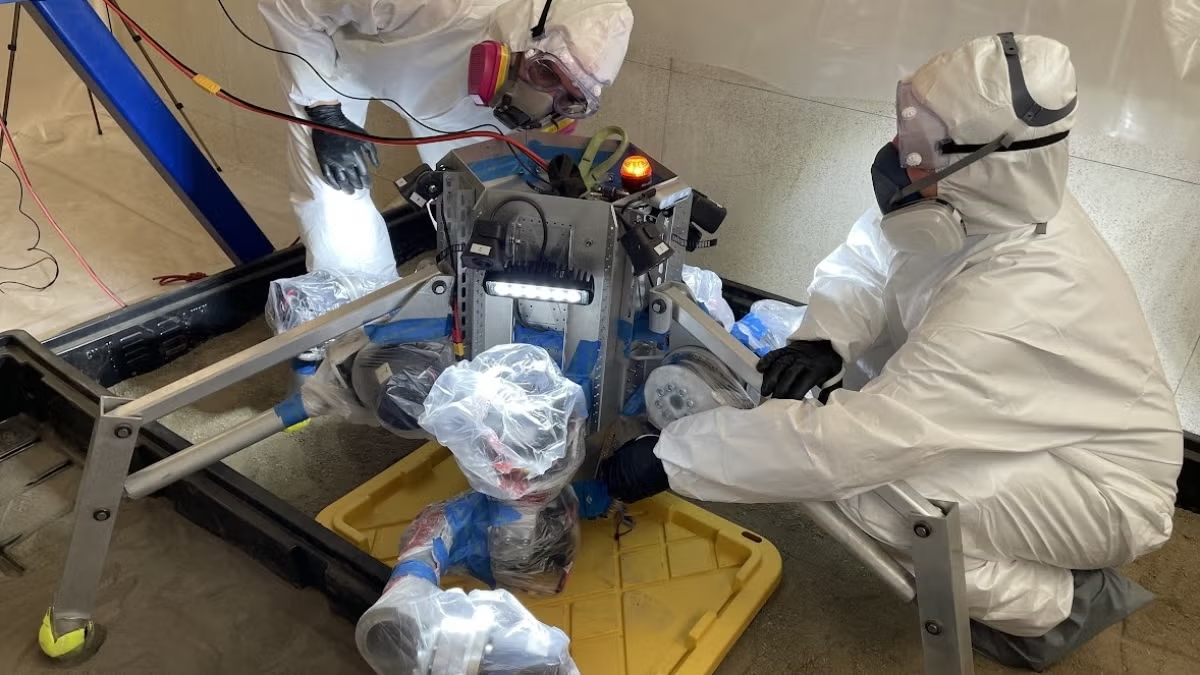
Lunar rover project to be featured at NASA forum
November 10, 2022
When the the lunar rover nicknamed Charlotte makes its debut at the NASA 2022 BIG Idea Forum next week, it will be…
Our lab projects
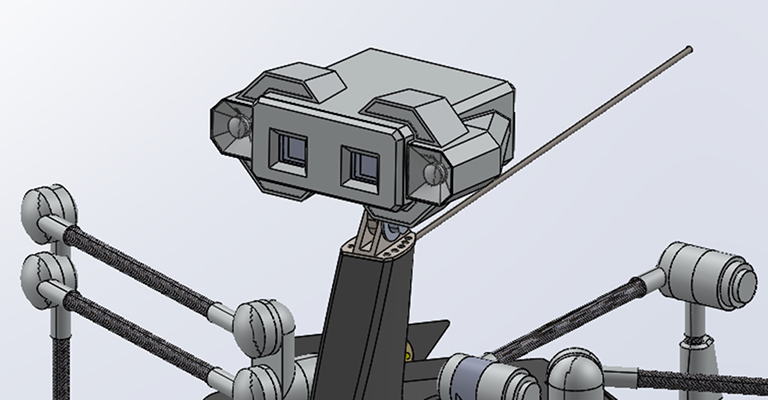
Charlotte
How can we enhance our understanding of technical terrain environments?
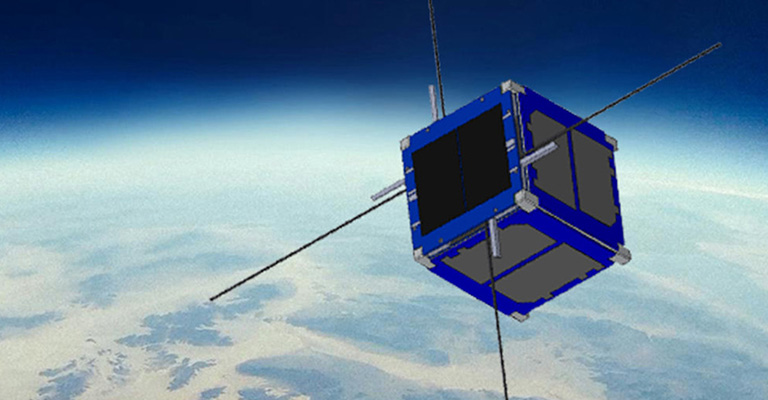
Coconut CubeSat
How can we enable low-cost data collection from remote, low-power Earth-based locations with innovative solutions?
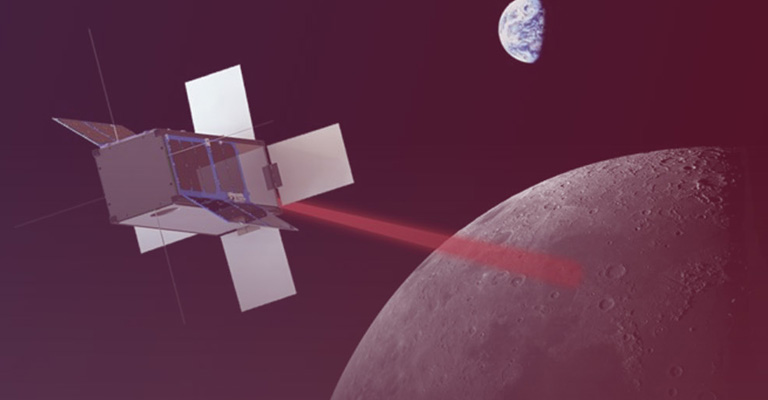
Deployable Optical Receiver Aperture (DORA)
How can we Improve satellite communications with precision pointing accuracy?

Exocam
How can we assess the impact of rocket exhaust on regolith to prevent contamination of collected samples?
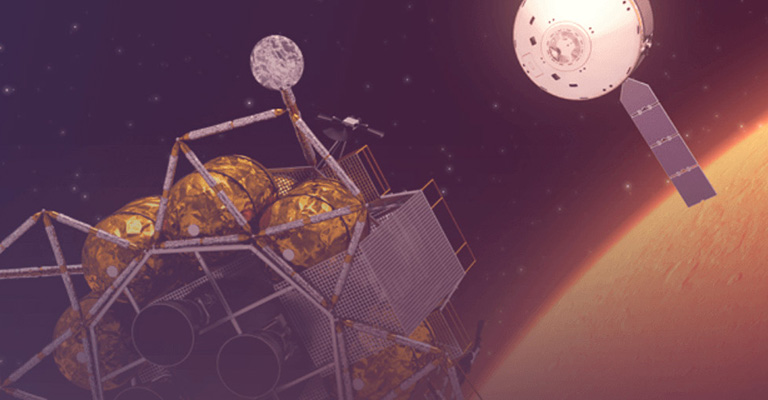
LightCube
How can we create opportunities for young generations to directly interact with a satellite?

Pico Balloon
How can we solve weight, stability and data challenges in pico balloons?

Roamer
How can we leverage microsats to repair and service orbital assets?
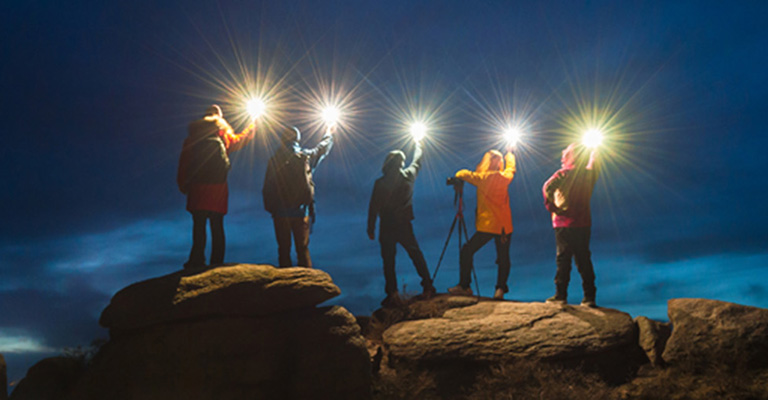
Star-planet activity research cubesat (SPARCS)
How can we monitor sun flares and sunspot activity on low-mass M and K spectral type stars?

VELOS
How can we explore the moon’s permanently shadowed regions to help the future of space travel?
Team

Daniel Jacobs
Assistant Professor
School Of Earth and Space Exploration


Eric Stribling
Interim Lab Director and Assistant Teaching Professor
Interplanetary Initiative

Students
Christopher Mccormick
Graduated, hired by General Dynamics
Chandler Hutchens
Graduated, hired by Northrup Gumman
Ashley Lepham
Graduated, hired by Northrup Gumman
Genevieve Cooper
Graduated, hired by Honeywell
Matthew Adkins
Graduated, hired by Blue Origin
San Cherian
Graduated, hired by Rocket Lab
Ben Weber
Graduated, with the Peace Corps
Dylan Larson
Graduated, hired by Blue Origin
Pawan Vijayanagar
Graduated, Hemisphere GNSS
Harshil Shah
Graduated, Starship Technologies
Dens Sumesh
Logan Skabelund
Ryan Skabelund
Quang Huy Dinh
Athul Kodancha
Christopher Langenderfer
Sid Vaidy
Ysabella McAuliffe
Zach Felty
Ishi Shah
Location
Tempe campus
Sun Devil Hall
451 E Orange St., Tempe, AZ 85281
Main Entrance: Palm Walk
Delivery Entrance: Southwest corner (by arrangement or inquire at main entrance)
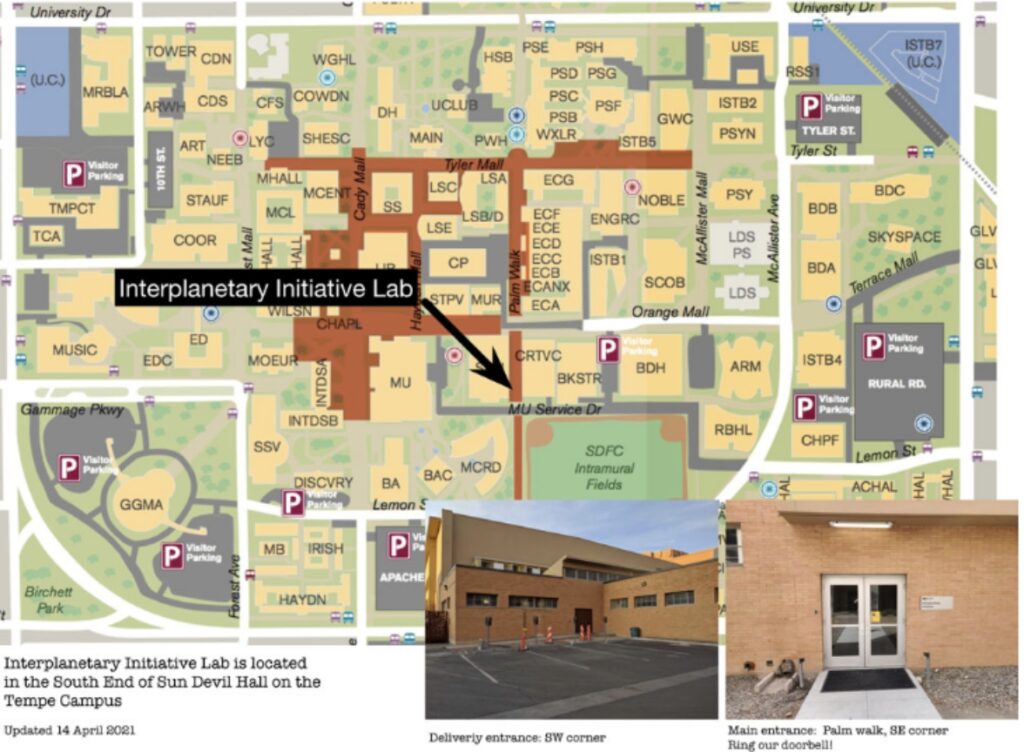

Get in touch
Are you interested in getting involved with the Interplanetary Lab? Do you have questions about our work?
